Are open windows OK for pianos?
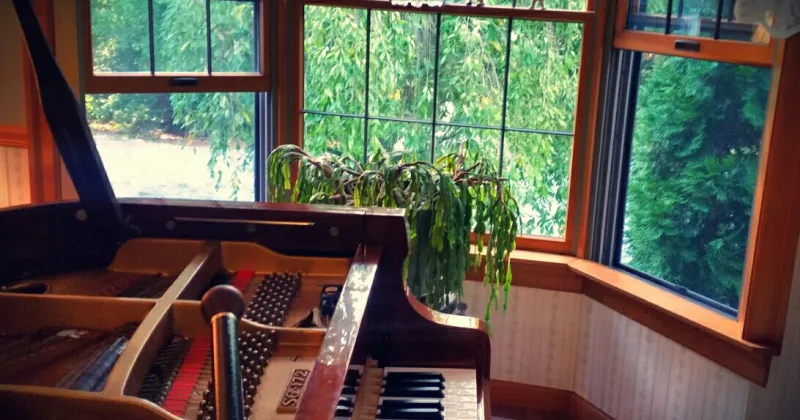
This time of year, at least in New Jersey, we enjoy some gorgeous weather. I can’t think of anyone that doesn’t like fresh air, and if you’re like my family you open your windows every chance you get and leave them open for as long as you can. Piano owners are sometimes concerned about opening […]
Tharan keytops

To replace the old, yellowed, and chipped ivory keytops on this keyboard, the customer choose Tharan. Tharan is a relatively new substance developed by Kluge in Germany, with the goal of imitating the feel of ivory as closely as possible. It also looks beautiful, with a slight sheen that sets it apart from the standard […]
New Season
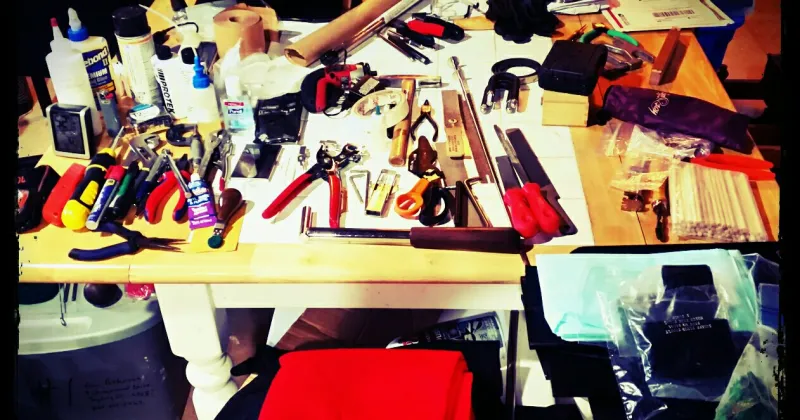
Although summers are busy in all kinds of other ways, the end of the summer season, the start of a new school year, and the change into fall weather brings with it a significant increase in piano work, particularly institutional pianos. A couple of times each year, I have to clean out all of my […]
Aluminum-wound strings
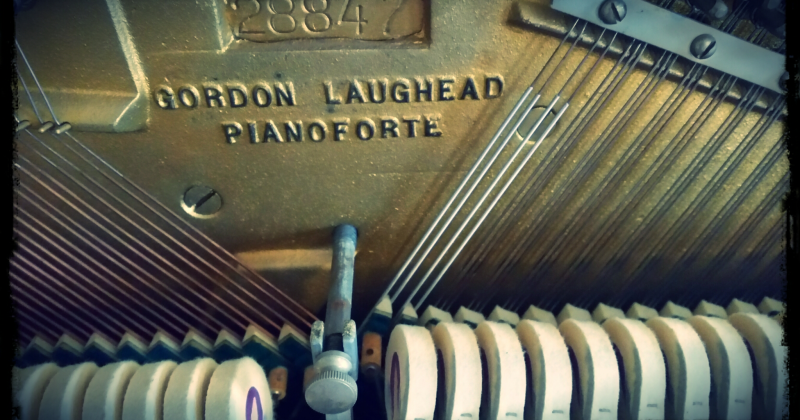
Those extra shiny strings are aluminum-wound, somewhat of a novelty in the late 1960’s when this piano was built. Though these have held up well, aluminum-wound strings as a rule have never caught on and are all but extinct now. In this case, the aluminum winding was seen as a “transition” from the copper-wound bass […]
DIYers Beware!

I don’t discourage DIY piano work. In fact, I think it’s a great thing for piano owners to learn more about their instrument and even do repairs when they feel comfortable doing it. However, there are some potential pitfalls and it pays to be aware of them in advance. One of the most common accidents […]
Copper-wound vs. plain wire strings
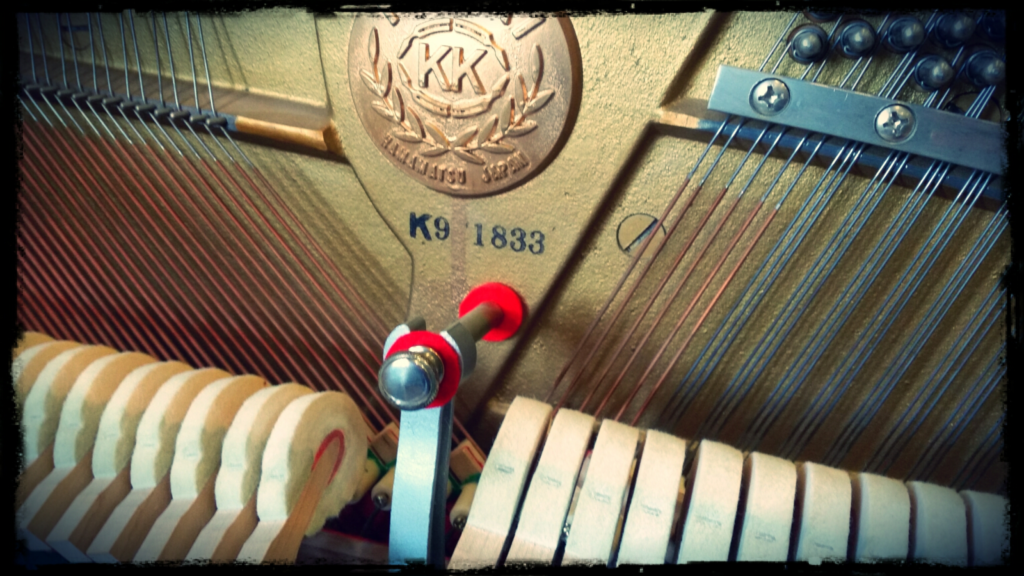
Did you know that about a third of the piano is strung with copper-wound strings? The lower notes use copper winding because the extra mass helps create lower pitches; without that extra mass, pianos would have to be 20-30 feet long just to have strings long enough for those lowest notes! Usually somewhere in the […]
String splicing: often the best option
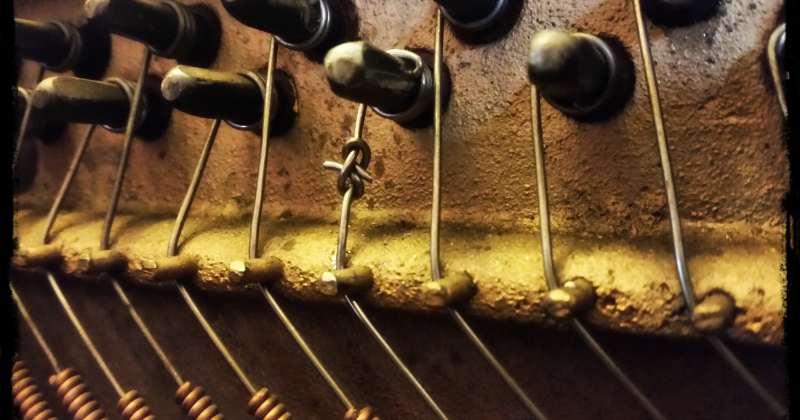
When a string breaks on a piano, it often breaks at or very near the tuning pin. This means the majority of the string’s length is still perfectly viable, and in fact is ideally suited to the rest of the piano in age, timbre, and general wear. In these cases, it’s often best to splice […]
Key Dip: All pianists notice it, few think about it
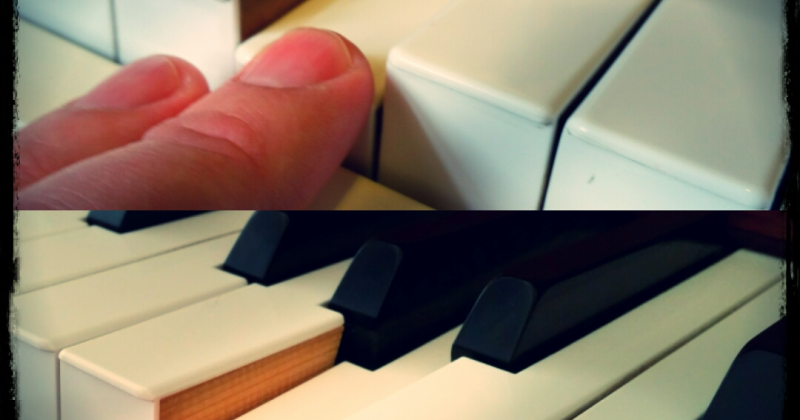
One of the biggest and most immediate factors in how a piano “feels” to the player is the key dip. You’ve probably played a piano with very shallow key dip, and disliked it, but not been able to put your finger on the culprit (pardon the pun).The keyboard may have felt sluggish, clunky, hard, unresponsive, […]
Piano Lifesaver System
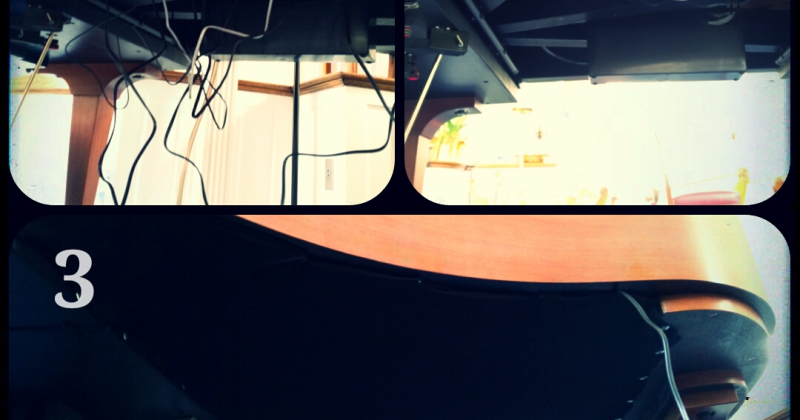
The Dampp-Chaser Piano Lifesaver system is an all-in-one humidity control solution for pianos. Pictured are three different stages of the installation: 1. All components installed. 2. All wires tied and secured neatly out of the way. 3. Undercover installed. This not only helps protect and “seal” the humidity and temperature levels inside the piano, but […]
